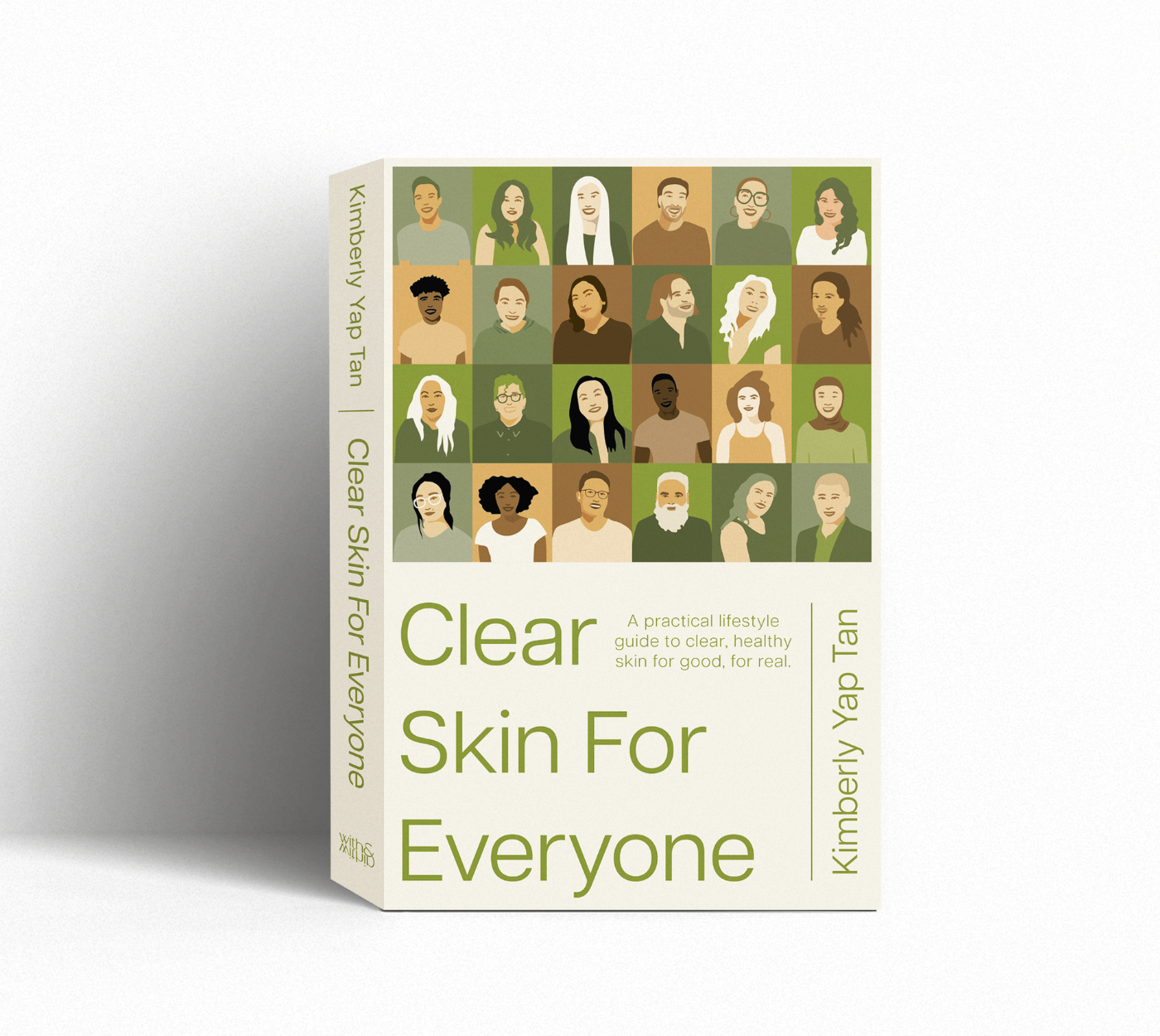
how we test products for comedogenicity

there are over 150 comedogenic (pore-clogging and acne-exacerbating) ingredients, many of which are commonly found in skin, body, and hair products — especially within acne-specific products. the comedogenic ingredient list that makes up our product checker is based first and foremost on the pioneering research of dr. james e. fulton jr., dr. mark lees as well as our own in-clinic research over the years.
for people with acneic skin, it is extremely important to ensure that none of your products contain these ingredients. so, if you are serious about getting clear skin, check your all of your products and stop using all that contain any and all of these ingredients.
finding acne-safe products is a very painstaking and time-consuming process. about 80% of all body/skincare products on the market are comedogenic in some way, and/or contain fragrances (many of which are comedogenic as well, for more information, read here).
DOING IT WRONG
be aware that industry standard comedogenic testing is flawed for many reasons:
- the trial periods are usually too short. a period of 4-8 weeks is the norm, but in-clinic we found that 3-6 months is a more reliable range of time to allow acne comedones to form.
- the skin testing areas are flawed. products are commonly tested on the upper backs of humans, which isn't accurate because the pores on the face are very different (and way more sensitive) than those on the body.
- it isn't holistic. test subjects ideally are also leading an acne-safe lifestyle. who knows if their new breakouts are due to the product they're using, or a new dietary supplement they're taking? the lack of an acne-safe lifestyle can throw off the true results of the product being tested.
- there is a long history of medical studies being biased and straight up fake. check out this study, and these articles about sugar industry and pesticides. often times corporations that have the money to conduct studies will skew the results in favor of their marketing story.
lastly, the term comedogenic isn't even regulated by the FDA, so because there are no strict guidelines or accountability, the word has sadly turned into an often misleading marketing term.
THIS IS HOW WE DO IT
we carefully shop for products with acne-safe ingredient listings, and then test them in-house for at least 6 months on skins that are already clear, on people who are religiously living the acne-safe lifestyle. this way, we can isolate any new breakouts to that one variable – the product they are testing.
anything that we cannot find acne-safe, or products that ARE safe but could be better, we formulate ourselves. as a small business, it takes a lot of time and resources to craft formulas that meet our very high standards worthy enough to bear our name.
WHY WE ARE SO STRICT - storytime.
back in the day when i started the clinic, i was working 7 days a week on my own with a full client load, and couldn't be bothered to stock another inventory item to manage - makeup. because my schedule was so tight, i also didn't have the time to color match clients as i wanted to prioritize that time towards the actual acne treatments.
my solution was to sell acne-safe skin products, but have clients buy bare minerals makeup at their local sephora. bare minerals was super easy to find, affordable, and from what i could tell from their 5 ingredient list, seemed acne-safe. my clients' skin was clearing up, and though it was much better than when they started, i noticed that most hovered at around 80% clarity as their clearest.
i eventually began to carry a mineral makeup line called colorescience. (note that some, not all, their products are acne-safe - more on this later). as clients transitioned over to buying their makeup from me, they started to clear up even more, reaching the high 90's.. but i didn't correlate this immediately with the previous 80% threshold, i though that it was just time passing and my extractions getting better that got my clients clearer.
then, my client NB ran out of the new colorescience makeup she got from me, and went back to using her old bare minerals in the meantime. after a few weeks, she came in all broken out; we attributed it to stress. but when she refilled her colorescience makeup and started using it again, she cleared right back up.
this, combined with new clients making the makeup switch, is how i was able to discover that some sneaky cloggy ingredient was hiding inside the bare minerals makeup after all. although my clients' skin improved significantly with this change, a small percentage of clients still struggled with breakouts on their cheeks.
LEARNING THE LESSON, AGAIN
fast forward to several years later, when colorescience had a rebrand launch party, and i was invited. the careful shopper i am, i checked out the ingredients of their products to make sure they were still acne-safe. often times when companies change their packaging, they change their formulas too, so i made sure to do my due diligence.
as i reviewed the products that came in brushes - their powder spf, blushes and bronzers - i discovered an ingredient called "corallina officianalis," a type of algae. algae and seaweed are highly comedogenic, so i was suprised to see this on the new packaging. surely if i saw this i would have never sold it in my clinic to my clients!
i asked the sales rep if they had changed the formulas of the products, particularly the ones in brushes with the newly discovered algae. she said no, and that the formulas were the same but just the packaging changed. this meant that the algae was in this product all along, but for some reason wasn't disclosed in the old packaging, but was now prominent in their marketing as a natural ingredient with supportive sunscreen qualities. this was the hidden culprit behind the stubborn cheek breakouts some of my clients still struggled with, even after switching over!
a few years later, i learned another big one about fragrance. so now, anything i resell, i make sure to test vigorously. and when i formulate products, i know exactly what's in them, so that you can know and trust they are truly acne-safe.
--
image by girl with red hat on unsplash



